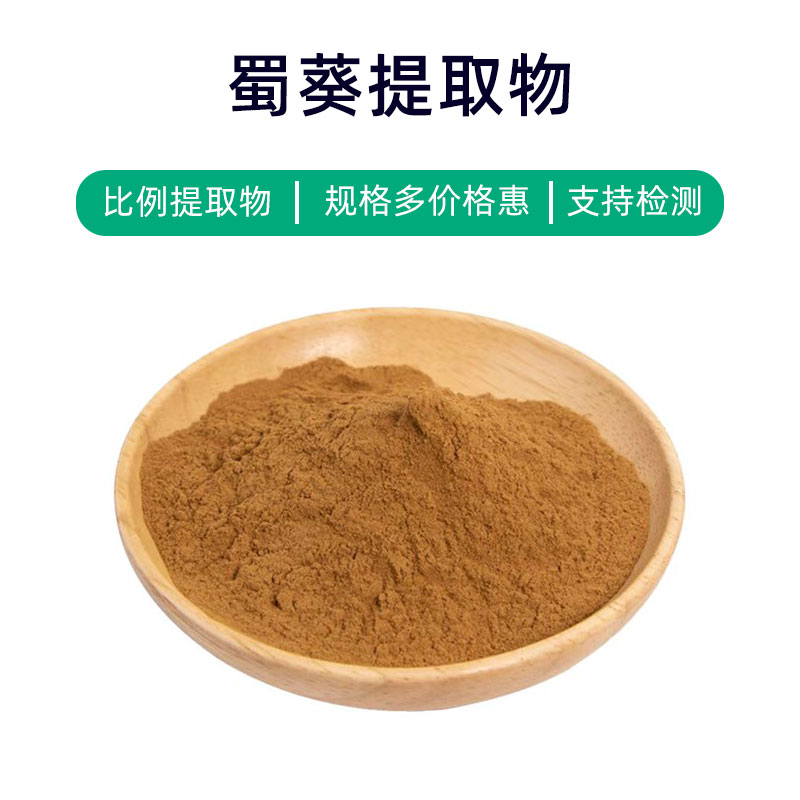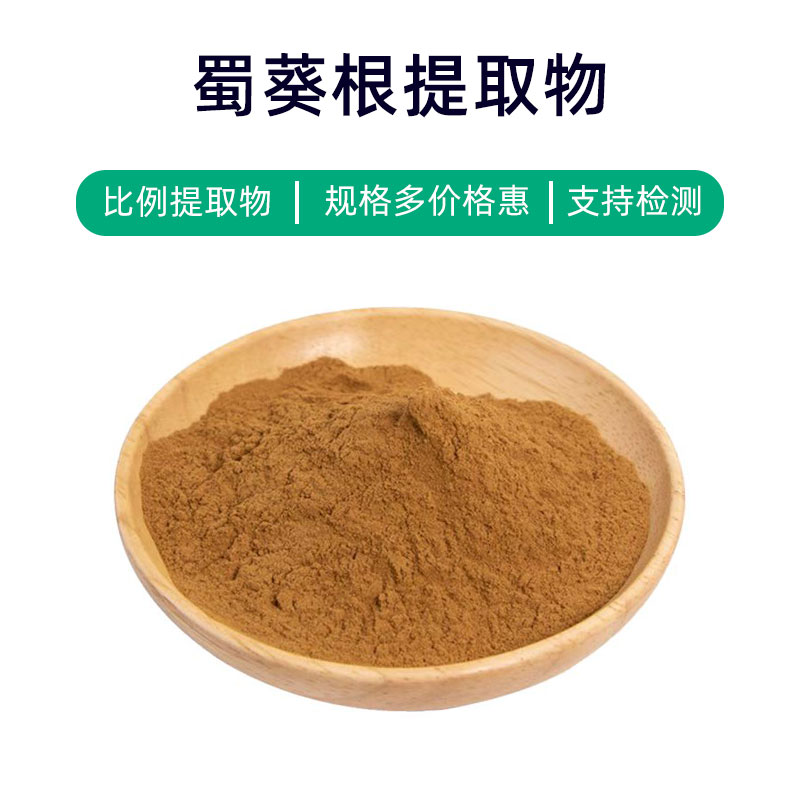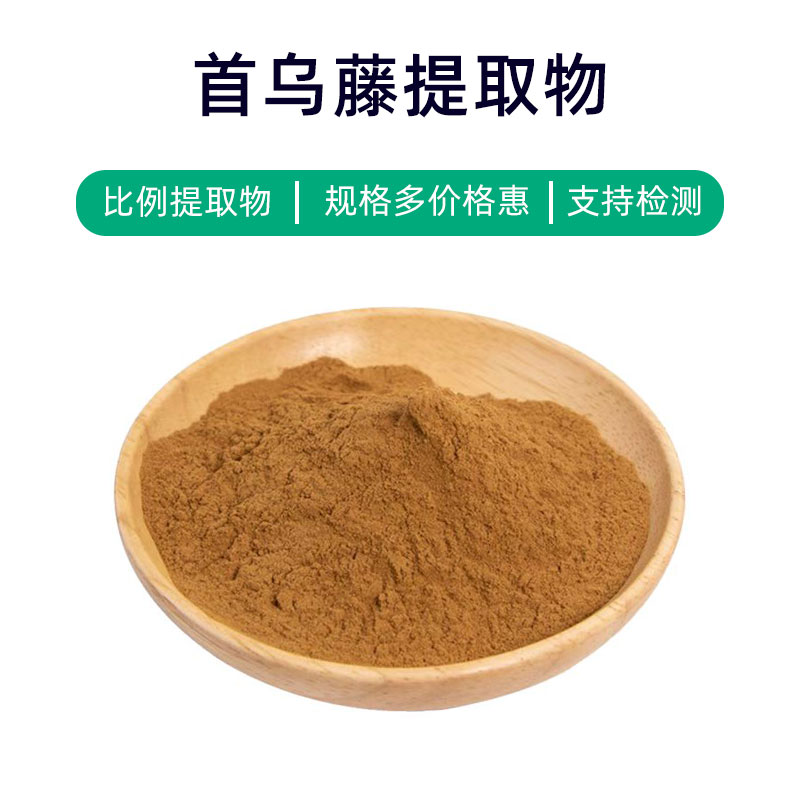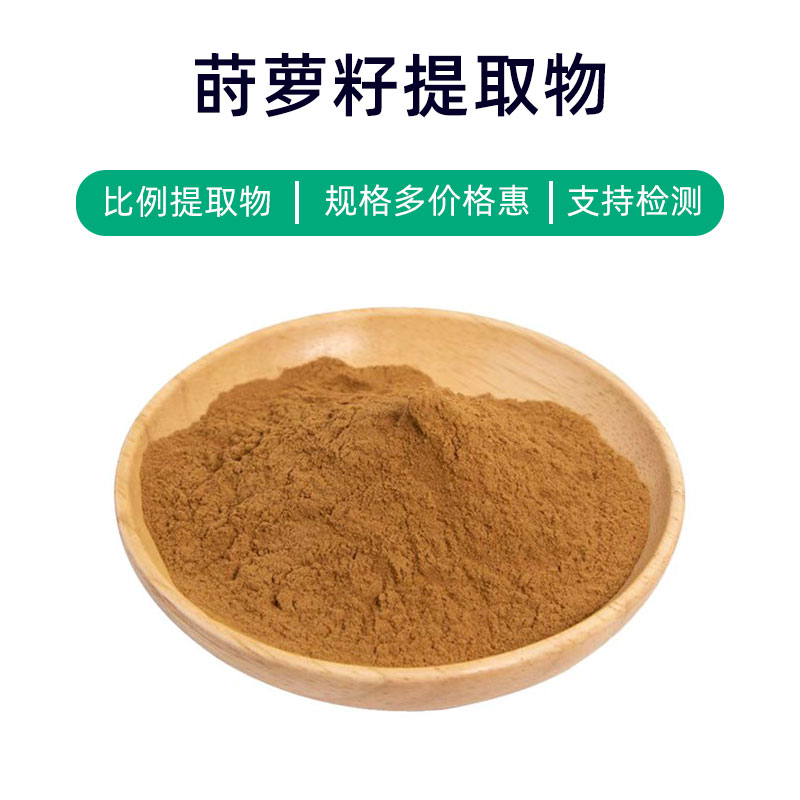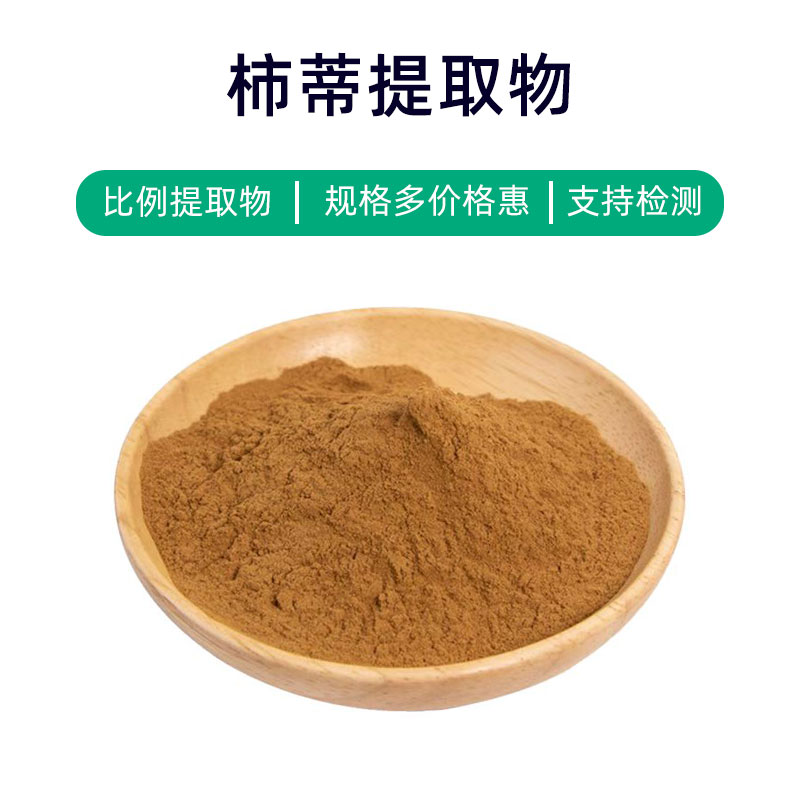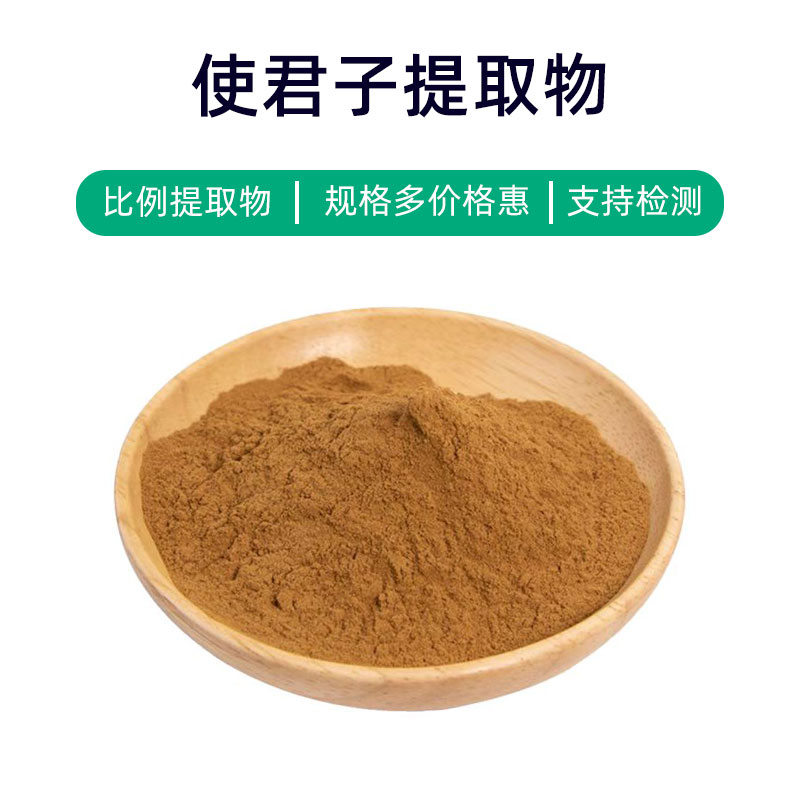Frankincense Extract Product Introduction
Frankincense extract is a natural plant extract obtained from the resin of the Frankincense tree, with main components including boswellic acid, terpenes, resins, and essential oils. It is widely utilized in the pharmaceutical, health supplement, and cosmetic industries. Frankincense extract provides multiple benefits, such as anti-inflammatory, antioxidant, analgesic, and antibacterial properties. In medicine, it is used in various traditional medicine formulas to treat inflammatory diseases, arthritis, and more. In the health supplement sector, it is often added to products aimed at boosting immunity and alleviating joint pain. Additionally, Frankincense extract is commonly found in cosmetics as an antioxidant and anti-aging ingredient, helping to maintain healthy and youthful skin. Overall, it has significant applications and market potential across various fields.
Frankincense Extract Production Process
The production process of Frankincense extract typically involves the following main steps:
- Resin Collection: First, incisions are made on the bark of the Frankincense tree to allow the resin to flow out naturally. This process must be performed by skilled workers to ensure the health of the tree and the quality of the resin.
- Resin Collection: The resin that flows out solidifies on the bark, forming resin lumps. Workers regularly collect these lumps and store them in appropriate containers for further processing.
- Extraction Process: The resin lumps are crushed or ground before being extracted using solvents. Common solvents include ethanol and ethyl acetate. Various extraction methods such as soaking, permeation, or distillation may be employed to obtain the effective components from the resin.
- Filtration and Purification: The liquid mixture obtained from extraction undergoes filtration and purification to remove impurities and solid particles, resulting in pure Frankincense extract.
- Concentration and Drying: The filtered liquid is concentrated to eliminate excess solvent while preserving active ingredients. Lastly, the concentrated extract is dried to produce powder form.
- Quality Control: Stringent quality control measures are implemented throughout the production process to ensure the product meets relevant standards. This includes testing and inspection of raw materials, intermediate products, and the final product.
- Packaging and Storage: The final Frankincense extract product is packaged, typically in sealed containers to prevent moisture and light damage. It is then stored in a cool, dry environment to maintain stability and shelf life.
These steps outline a typical process for producing Frankincense extract, with strict controls needed to ensure quality and purity.
Effects and Side Effects of Frankincense Extract
Frankincense extract has a long history as a natural plant extract and provides various benefits, including:
- Anti-inflammatory and Antibacterial Effects: Rich in active components, it demonstrates significant anti-inflammatory and antibacterial properties, helping to alleviate skin inflammation, prevent infections, and promote wound healing.
- Antioxidant Properties: The polyphenols present in Frankincense extract possess strong antioxidant capabilities, helping to neutralize free radicals, protecting cells from oxidative damage, and slowing down the aging process.
- Calming and Soothing Effects: It offers calming properties that can help relieve anxiety, tension, and stress, promoting relaxation.
- Anti-wrinkle and Anti-aging Effects: The active ingredients can stimulate collagen synthesis, enhance skin elasticity, and reduce the appearance of wrinkles and fine lines, contributing to youthful skin.
- Moisturizing Effects: Frankincense extract provides effective moisturizing and hydration, enhancing the skin's ability to retain moisture and improving dryness and roughness.
- Promoting Circulation and Detoxification: It promotes blood circulation and facilitates skin metabolism, aiding in the elimination of toxins and purifying the skin.
- Regulating Sebum Production: Frankincense extract has astringent properties that can balance sebum production, helping with oily skin issues and reducing acne and blemishes.
- Expectorant and Cough Relief: Traditionally in Chinese medicine, it is widely used for treating coughs and phlegm, helping to alleviate respiratory issues.
While Frankincense extract has many benefits, individual differences and allergic reactions should be considered. Some individuals may experience skin allergies, redness, or itching, so a patch test is advisable before use. Pregnant and nursing women should consult a doctor before using the extract.
Applications and Dosage of Frankincense Extract
Frankincense extract has extensive applications in medicine, food, and cosmetics, with specific scenarios and dosages as follows:
- Medical Field:
- Skin Care: Commonly included in various skin care products like creams, lotions, and serums, focusing on hydration, nourishment, and anti-aging effects. Usage: After cleansing the face twice daily, apply an appropriate amount evenly and gently massage until absorbed.
- Ointment Formulations: In traditional medicinal ointments, it is often added for improving skin conditions and promoting wound healing. Usage: Apply as directed by a doctor or pharmacist, massaging gently until absorbed.
- Food Sector:
- Seasoning: Due to its unique aroma and flavor, it’s often used in cooking to enhance food flavor. Usage: Add an appropriate amount during cooking as per the recipe.
- Beverage Additive: It can also be used as an additive in drinks to impart a distinctive aroma and taste. Usage: Add as needed depending on the type of beverage and flavor preference.
- Cosmetic Sector:
- Perfumes and Fragrance Products: Frequently used in perfumes and scented products to provide a rich, woody aroma. Usage: Spray directly onto skin or clothing.
- Soaps and Bath Products: Added to soaps and bath products for cleansing and deodorizing effects. Usage: Lather with warm water, apply to the body, and rinse off.
In terms of dosage, refer to specific product instructions or medical advice. For cosmetics and seasonings, it should not be used excessively and should be added as needed. For medicinal products, follow the doctor's advice and control dosage and frequency to avoid adverse reactions.
For those using Frankincense extract, patch testing for skin sensitivity is recommended. Additionally, pregnant or nursing women and those with special skin conditions should seek medical advice before use.
Frankincense Plant Source, Distribution, and Growing Environment
Frankincense is a common spice and medicinal plant, with its extract frequently used in various medical and health products. Here is detailed information on the source plant, its distribution, and growing conditions:
- Plant Introduction:
- Scientific Name: The scientific name is Boswellia carterii, belonging to the family Burseraceae.
- Appearance Characteristics: Frankincense plants are evergreen small trees or shrubs, typically 2-4 meters tall, with gray to dark brown bark and compound leaves with a feather-like appearance. The leaves are elongated oval or elliptical, with small white flowers growing on the tree.
- Flower and Fruit Characteristics: The flowers are white or pale yellow, blooming from spring to summer. The fruit consists of small, oval or round nuts containing seeds.
- Distribution:
- Growing Regions: It is mainly found in East Africa, the Arabian Peninsula, and the Indian subcontinent, particularly in countries like Somalia, Ethiopia, Yemen, and Oman.
- Growing Environment: Frankincense plants thrive in hot, dry climates, typically growing on slopes at elevations of 600 to 1,200 meters, in arid deserts, rocky hills, and stony areas.
- Growth Characteristics:
- Strong Adaptability: These plants have a high tolerance for drought and heat, able to thrive in poor soils and dry conditions.
- Slow Growth: Frankincense plants grow slowly; it takes several years from seed germination to mature fruit production, resulting in older trees in the wild.
- Cultivation:
- While they can be cultivated artificially, the long growth cycle, slow growth rate, and specific environmental requirements result in lower yields, necessitating patience and careful management.
The distribution and growing conditions of the Frankincense plant determine its availability and yield in different regions while providing unique growing conditions that make it an important source of spice and medicinal plants.
Processing and Storage of Frankincense Extract
The processing of Frankincense extract typically involves the following steps: collection, cleaning, drying, extraction, and refinement. Initially, the bark of the Frankincense tree is gently cut to release resin. The collected resin is then cleaned to remove impurities and dirt. Next, it is air-dried or placed in a well-ventilated area to reduce moisture content. Once dried, the resin can be extracted using solvent or distillation methods to obtain Frankincense extract. Finally, the extract may undergo purification and filtration steps to enhance its purity and quality.
For storage, Frankincense extract should be kept in a dry, cool, well-ventilated location, away from direct sunlight and high temperatures. It should also be protected from moisture and chemicals to maintain quality and stability. Clear glass or opaque plastic containers are suitable for storage. Under proper storage conditions, Frankincense extract can maintain a long shelf life.
Monica Sun is a seasoned expert in the plant extraction industry with over a decade of experience in research and production. She specializes in the extraction and purification of plant active ingredients, focusing on driving innovation in natural product applications. Monica has participated in the development of multiple functional plant extracts, delivering high-value natural raw material solutions for the health food, pharmaceutical, and dietary supplement sectors.









